Harry Paul0521876931, 9780521876933, 9780511409769
Table of contents :
Cover……Page 1
Half-title……Page 3
Title……Page 5
Copyright……Page 6
Contents……Page 7
Preface……Page 9
1.1 Prelude: a new constant enters the stage……Page 11
1.2.1 Multiplication by impact ionization……Page 13
1.2.2 Transition from unstable to stable equilibrium……Page 14
1.3 Indeterminism……Page 15
1.4 Wave–particle dualism and a new kind of uncertainty……Page 18
1.5 Quantized energies……Page 21
2.1 Elements of the quantum mechanical formalism……Page 23
2.2 Pure states……Page 29
2.3 Mixed states……Page 33
2.4 Wigner function……Page 37
2.5 How to describe a single system?……Page 42
2.6 State preparation……Page 43
2.6.1 Optical cooling……Page 44
2.6.3 Paul trap……Page 45
2.6.4 Coherent excitation……Page 46
2.6.5 Entangled photon pairs……Page 47
2.7.1 Phase retrieval……Page 50
2.7.2 Tomography……Page 51
2.7.3 Reconstruction of the density matrix……Page 54
3.1.1 Stern–Gerlach experiment……Page 55
3.2 Balanced homodyne detection……Page 58
3.3.1 Atomic state detection……Page 60
3.3.2 Quantum jumps……Page 61
3.3.3 Quantum Zeno effect……Page 63
3.4 Null measurement……Page 67
3.5 Simultaneous measurement of conjugate variables……Page 69
3.6.1 Discrete measured values……Page 72
3.6.2 Back action……Page 73
3.6.3 Reduction of the wavefunction……Page 75
3.6.4 Quantum teleportation……Page 78
3.6.5 Measurement time……Page 80
4.1.1 Optical coherence……Page 82
4.1.2 Intensity correlations……Page 83
4.1.3 Higher-order interference……Page 87
4.2 gamma–gamma angular correlations……Page 89
4.3.1 Natural correlations……Page 90
4.3.2 Man-made entanglement……Page 95
4.4.1 Origin of fluctuations……Page 97
4.4.2 Squeezing……Page 99
4.5 Amplifier noise……Page 101
5.1 Schrödinger’s cat states……Page 103
5.2 The EPR paradox……Page 105
5.3 Causality and nonobjectifiability……Page 107
5.4 Protection against eavesdropping……Page 109
5.5 EPR correlations and hidden variables……Page 110
6.1.1 Schrödinger equation……Page 115
6.1.2 Hydrogen atom……Page 116
6.2 Transitions……Page 119
6.3 Scattering……Page 124
6.4 Tunnelling effect……Page 129
7.1 Energy and momentum conservation……Page 134
7.2 Angular momentum conservation……Page 138
8.1 Photons and electrons……Page 140
8.2 Bose–Einstein condensation……Page 142
8.3 Statistics……Page 144
8.4 Symmetry……Page 150
9.1 Quantum mechanics casts its shadows before it……Page 154
9.2.1 Experiment……Page 155
9.2.2 Theory……Page 157
9.2.3 Magnetic flux quantization……Page 159
9.2.4 Josephson effects……Page 160
9.3.1 Classical Hall effect……Page 164
9.3.2 Magnetic resistance in a two-dimensional channel……Page 165
10.1 Why quantum computing?……Page 169
10.2 Qubits……Page 170
10.3 How might a quantum computer work?……Page 172
10.4 Effective quantum algorithms……Page 177
References……Page 183
Index……Page 185
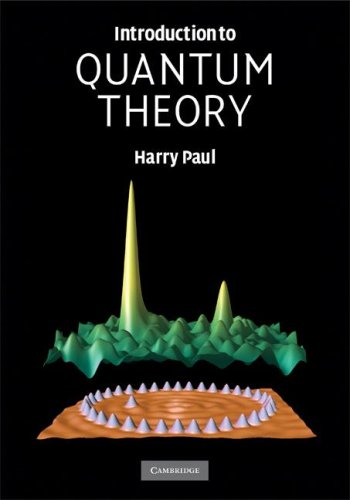
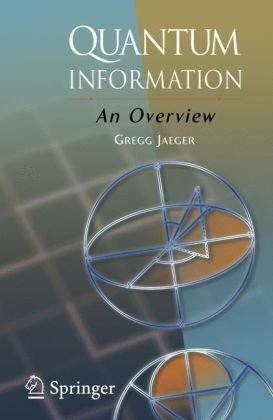
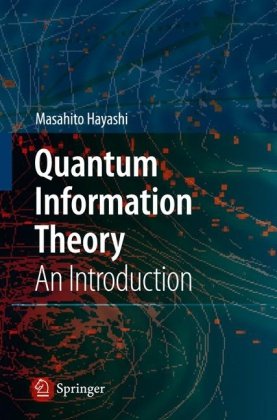
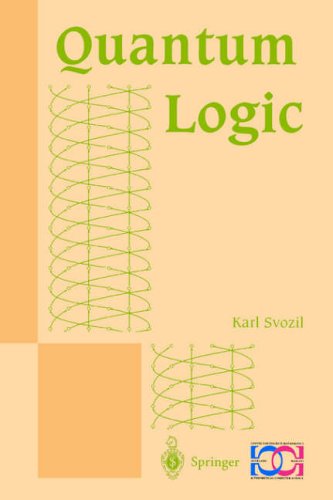

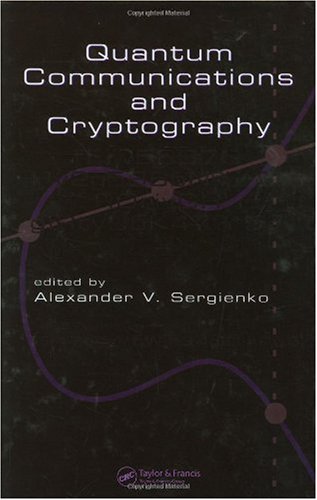
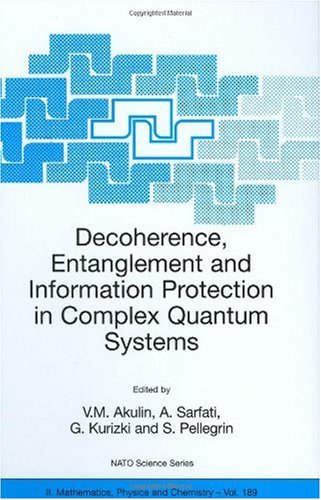
Reviews
There are no reviews yet.